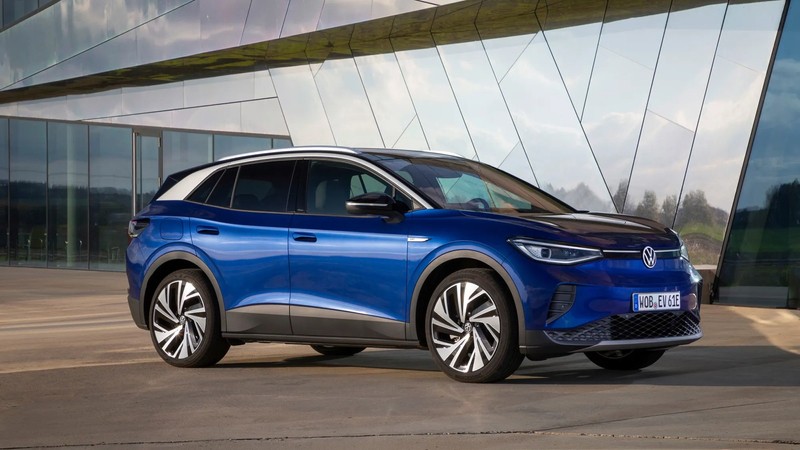
DRIVEN: VOLKSWAGEN ID.4 ARRIVES IN SA AS A ‘SAMPLER’ AHEAD OF 2026 LAUNCH
There is something a bit strange about having an on-road experience in a car destined to arrive in local showrooms only in two years’ time but Volkswagen, globally committed to electric vehicles, is running a series of trials with the SUV-styled ID.4.
Part of this strategy is allowing local media the chance to drive it, along with selected fleet customers and private buyers that have already expressed an interest.
Chairperson and Managing Director of Volkswagen Group Africa (VWGA), Martina Biene says: “This is not a new thing for Volkswagen and we previously placed some of the ID.3 models into the market as a gauge of public opinion. From that, we found there was very much a preference for SUV type vehicles and decided the ID.4 would be a better fit for this market.
“We also have a number of the ID Buzz cargo vans being thoroughly tested around the country in partnership with DHL.”
While not a full-blown SUV, the ID.4 stands a bit taller than a conventional hatch and has the classic lines of a SUV, albeit with a slightly lower and more svelte roof line.
Niels Wichmann, Brand Head for Volkswagen Passenger Cars, explains: “The ID.4 is built on the company’s global MEB platform and, because it does not have an engine bay it allowed us to reposition the wheels and stretch the interior to create a roomy feel and, importantly, to improve the rear leg room.
“The ID.4 is Volkswagen’s most popular electric vehicle globally being sold in Europe, the United States and China.
“It has a ride height of 170mm, which makes it ideal for South African road conditions and it is no lightweight in terms of performance with 150kW of power and 310Nm of torque from the 77 kWh battery pack and it has a range of 500 kilometres on a single charge.”
The test route on highways and secondary roads in the Gauteng area, while not 500 kilometres in length, was long enough to get an idea of how the ID.4 would fit into a family scenario where it was used for the daily trek to and from the office, shopping trips and social outings.
We covered more than 100 kilometres and the mileage remaining at the end of the trip was 432 kilometres, meaning the average user would likely need to charge the vehicle only once a week or possibly even once every two weeks – and, because electric cars have such fun instant power, we did not shy away from some quick overtakes.
Inside, except for the fully digital display directly in front of the driver, the ID.4 looks and feels exactly like any of its VW fuel-using counterparts, so the surroundings are immediately quite familiar.
The comfortable seats are fully recyclable at the end of the vehicle’s life and part of the VW strategy is to use as much recyclable material as possible.
Ride and handling are excellent and, along with the expected driver and safety aids it comes with autonomous braking, auto headlights and the full spread of latest tech features, easily accessed and worked on the large central display.
The ID.4 Pro earmarked for South Africa will scoot from 0-100 km/h in around 8.5 seconds and has a claimed top speed of 160km/h and is rear-wheel drive - there is an all-wheel drive variant in Europe as well.
In terms of size, it is 4.5 metres long, 1.8 metres wide, 1.6 metres tall and has a wheelbase of 2.7 metres with enough in the rear to swallow 543 litres of luggage with the rear seats in place or 1,575 litres when they are folded flat.
“We, obviously, would like South Africans to embrace the change to electric vehicles but we do recognise the high cost and, along with other manufacturers, are working as an industry to find solutions we can lobby with Government to make this transition easier for all car buyers,” said Biene.
2024-07-27T08:07:57Z dg43tfdfdgfd